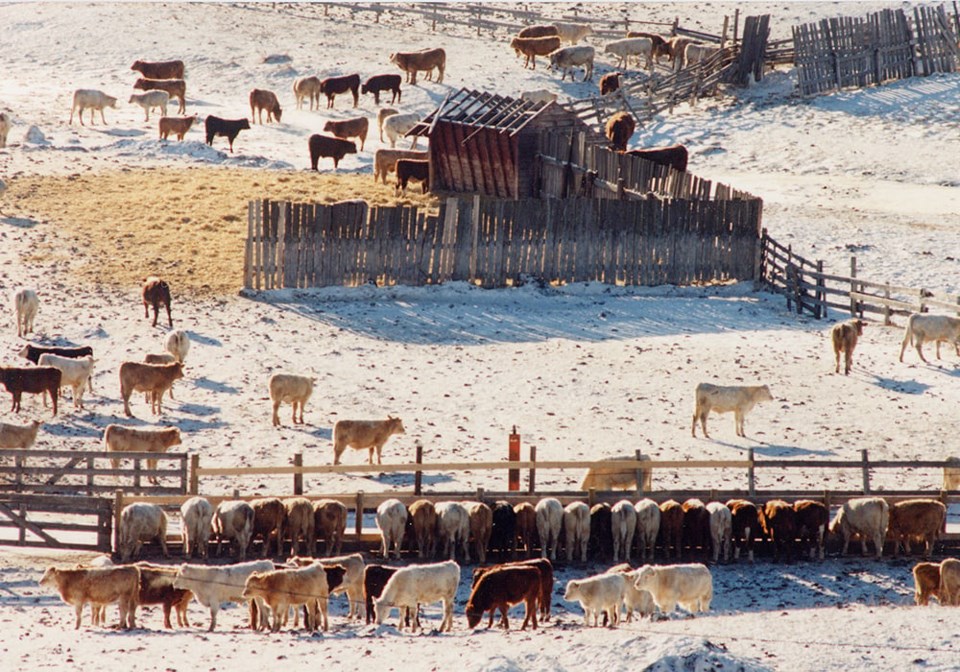WESTERN PRODUCER — Canadian livestock producers say funding to prepare for foot-and-mouth disease is a relief.
Ottawa announced in last week’s federal budget it will allocate $57.5 million over five years to establish a vaccine bank and develop response plans. It also expects provinces to participate.
Agriculture minister Marie-Claude Bibeau said she was pleased the long-standing request from the livestock sector for FMD vaccines could be accommodated.
“We’re facing three significant animal disease threats,” she said in an interview after the March 28 budget. “Obviously avian influenza, African swine fever, but at least for foot-and-mouth disease there’s a vaccine, so we can make this further step to protect the sector.”
The budget includes about $12 million each year to establish and maintain the vaccine bank.
Canadian Cattle Association president Nathan Phinney said that’s more than the industry hoped for.
He said it appears to be a matter of when, not if, the highly contagious disease will arrive in North America and the industry has been lobbying for prevention, preparedness and response funding.
“It’s kind of a weight has been lifted off our shoulders,” he said. “With FMD so prevalent in 77 percent of the world’s livestock population, and as contagious as it is, we’re very happy with the news and couldn’t thank the government more for finally getting this done.”
The bank will store about a dozen different strains of FMD. In an interview last fall, CCA chief veterinary officer Leigh Rosengren said a bank would keep highly purified strains that could be rapidly multiplied if needed.
The ongoing cost is to maintain those strains and test for potency.
FMD has been found once in Canada. In 1952, it is suspected someone from Europe brought a contaminated meat product to a Saskatchewan farm. Eleven rural municipalities around Regina were quarantined and livestock destroyed. This included more than 1,000 cattle, as well as pigs, sheep, goats, poultry, eggs and horses.
Rene Roy, chair of the Canadian Pork Council, said an outbreak now would devastate Canadian producers of all livestock.
“One case will close the border,” he said. “Imagine, no trade in beef and pork. It would be disastrous.”
Studies have estimated the financial toll on the Canadian economy of an outbreak would be $65 billion.
Roy said it was imperative that Canada develop its own vaccine bank after access to others could not be guaranteed.
The Americans have said they don’t have enough doses for their own herd let alone sharing with Canada.
Phinney and Roy said the disease can travel so quickly that having adequate supplies is essential.
The return to more travel after the COVID-19 pandemic has increased the threat.
Phinney said everyone has a role to play in prevention: farmers with their own biosecurity measures, provinces and the federal government.
The public, too, has to make sure they don’t spread the disease on a pair of shoes or through a food product. Rosengren said foot baths for travellers provide a false sense of security because shoes have to be completely clean and maintain some contact with the solution to be effective. Travellers are urged to dry clean clothing or wash it with bleach and avoid being near livestock for at least five days.
Industry will continue to work to put all the pieces in place to be ready for a potential outbreak.
Phinney added that the establishment of the vaccine bank is to the credit of the late Reg Schellenberg, the Saskatchewan rancher and CCA president who made the issue a priority.
“It should be a happy day and a win for Reg to look down and see that this finally came to fruition,” he said.

